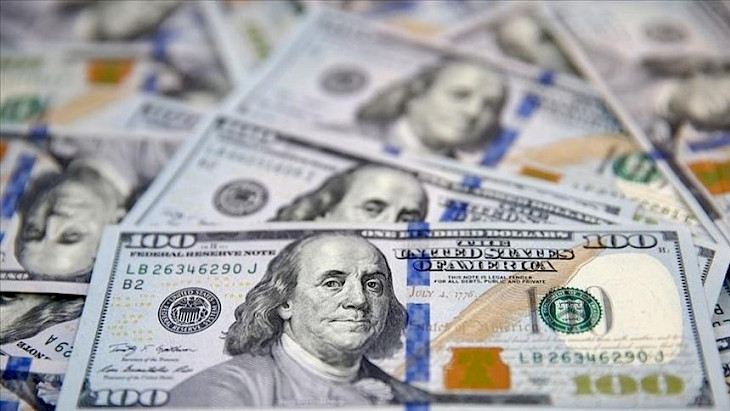By the end of 2024, Uzbekistan’s total external debt amounted to $64.1 billion, including public external debt of $33.9 billion and corporate external debt of $30.2 billion. Amid rising prices for gold (+23%), copper (+8%), and uranium (+42%), exports increased by 4.5% in 2024. Additionally, thanks to an increase in cross-border remittances, the current account deficit decreased to $5.7 billion, Kun.uz reports.
The Central Bank of Uzbekistan has published its annual report titled "Balance of Payments, International Investment Position, and External Debt of Uzbekistan for 2024."
Current Account and Trade Balance
In 2024, the current account deficit amounted to $5.7 billion (compared to $7.8 billion in 2023). This was due to a reduction in the negative trade balance and a significant increase in current transfer inflows.
Despite export growth outpacing imports, the trade balance deficit remained nearly at the 2023 level, totaling $17.4 billion.
Driven by global commodity price fluctuations and increased service exports, Uzbekistan’s total exports grew by 4.5% year-on-year, reaching $26.2 billion (excluding gold: $18.7 billion, an 11% increase).
According to global commodity price analysis, in 2024:
-
The average gold price rose by 23%,
-
Silver increased by 21%,
-
Copper rose by 8%,
-
Uranium surged by 42%,
-
Meanwhile, cotton prices - a key raw material for Uzbekistan’s textile industry - fell by 9%.
Imports and Investments
In 2024, total imports increased by 2.3% year-on-year, reaching $43.6 billion. This was partly due to large one-time purchases in 2023, which reduced the need for similar imports in 2024. Nonetheless, amid strong investment demand and domestic consumption, the country continued to import energy resources, machinery, equipment, and food products.
Positive trends, such as wage growth in traditional labor migration countries and expanded migration opportunities, contributed to higher income from primary and secondary sources. However, an increase in foreign investors’ earnings led to higher expenses. As a result, the balance of primary and secondary income recorded surpluses of $1.1 billion and $10.6 billion, respectively, partially offsetting the trade deficit.
The current account deficit was financed through capital inflows, including foreign direct investment (FDI), portfolio investments, and other sources.
Foreign Direct and Portfolio Investments
In 2024, the net inflow of FDI increased by 32% year-on-year, reaching $2.8 billion. Meanwhile, portfolio investment inflows - primarily through international bond transactions - tripled, reaching $3.1 billion.
As a result, the financial account deficit at the end of 2024 stood at $7.4 billion.
International Reserves and Investment Position
During the reporting period, Uzbekistan’s foreign currency reserves decreased by $734 million. However, due to a significant rise in gold prices, the total international reserves increased by nearly $6.6 billion, reaching $41.2 billion as of January 1, 2025.
Uzbekistan’s international investment position strengthened by 11% compared to the beginning of the year, reaching $13.7 billion as of January 1, 2025.
The foreign currency assets of residents increased by $11.8 billion (14%), while external liabilities grew by $10.4 billion (14%).
External debt
By the end of 2024, Uzbekistan’s total external debt stood at $64.1 billion (55.7% of GDP), including:
-
Public external debt: $33.9 billion (29.5% of GDP)
-
Corporate external debt: $30.2 billion
CentralasianLIGHT.org
March 31, 2025

